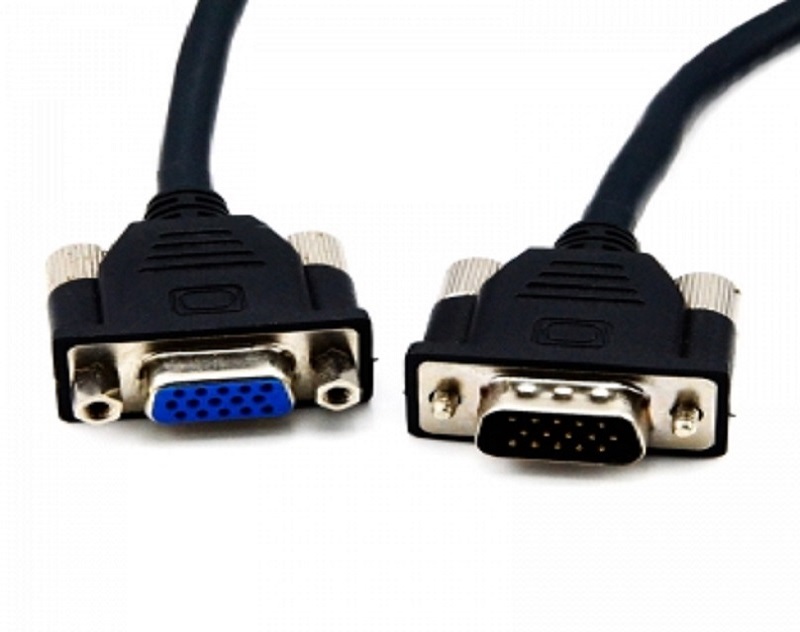Choosing the right LAN cable for your business network is crucial for ensuring reliable and high-speed data transmission. Two popular options are Cat6a and Cat7 cables, each with their own unique features and benefits. Here’s a guide to help you choose the right one for your business network needs.

Cat6a LAN cables are a step up from Cat6 cables, offering higher data transmission speeds of up to 10 Gbps and a frequency range of up to 500 MHz. They are also shielded, which provides better protection against electromagnetic interference (EMI) and crosstalk. This makes them a great option for businesses that require high-speed data transmission for streaming, cloud computing, and other data-intensive applications.
Cat7 LAN cables, on the other hand, offer even higher data transmission speeds of up to 40 Gbps and a frequency range of up to 600 MHz. They are also shielded, but with additional shielding layers, which makes them more resistant to EMI and crosstalk. This makes them ideal for businesses that require ultra-high-speed data transmission for applications like virtual reality, gaming, and 4K video streaming.
When choosing between Cat6a and Cat7 LAN cables, it’s essential to consider your business network’s specific needs. If you need high-speed data transmission and can benefit from speeds of up to 10 Gbps, Cat6a cables may be the best option for you. If your business requires even higher data transmission speeds of up to 40 Gbps, Cat7 cables are the way to go.
Another factor to consider is the length of the cable runs. Cat7 LAN cables are thicker and more rigid than Cat6a cables, which can make them more challenging to install and bend around corners. They are also less widely available and more expensive. If your network has short cable runs and doesn’t require ultra-high-speed data transmission, Cat6a cables may be the more practical option.
In conclusion, choosing the right LAN cable for your business network is a critical decision that can affect your network’s performance and reliability. By considering the data transmission speeds, frequency range, shielding, and cable runs, you can choose the right Cat6a or Cat7 LAN cable for your business network needs.

Leave a comment